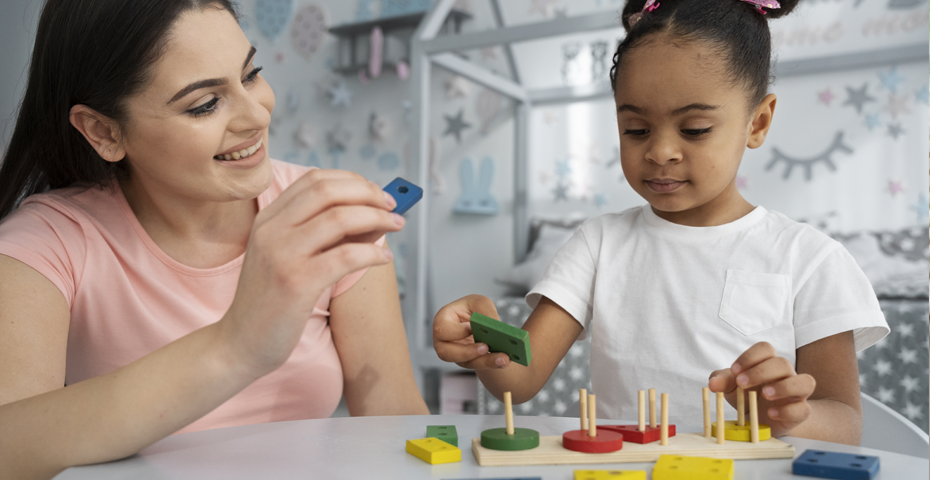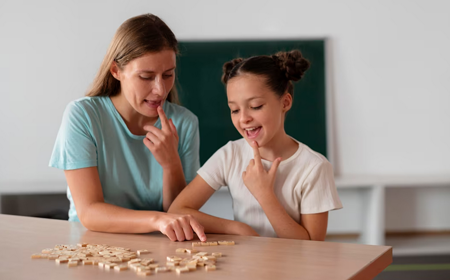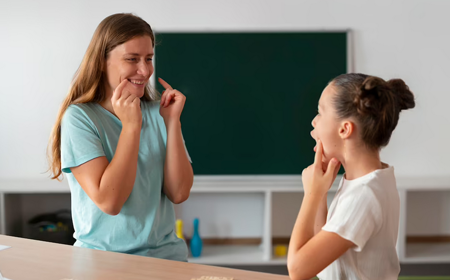What is Special Education?
Special education is a term that refers to the educational provisions for children with
disabilities or special needs, who may face challenges in learning, communication,
behavior, or physical functioning. Special education aims to provide these children with
customized strategies for learning, meeting their needs and differences and thus
facilitating the learning process. Special education is based on the concept that all
students deserve a free and appropriate public education no matter their needs.
Special education teachers are specially trained to work with students with disabilities,
and they use various techniques and methods to help them achieve their academic and
personal goals. Some of the common techniques and methods used in special education are:
- Neuromuscular disorders: These are conditions that
affect the nerves and muscles that control movement.Examples include cerebral palsy,
spina bifida, muscular dystrophy, and spinal cord injury.
- Orthopedic conditions: These are conditions that
affect the bones, joints, ligaments, tendons, or muscles that support the body.
Examples include scoliosis, clubfoot, fractures, sprains, strains, and arthritis.
- Cardiorespiratory conditions: These are conditions
that affect the heart and lungs and their ability to deliver oxygen and nutrients to
the body. Examples include asthma, cystic fibrosis, bronchiolitis, and congenital
heart defects.
- Developmental delays or disabilities: These are
conditions that affect a child's ability to acquire skills or milestones in one or
more domains of development, such as motor, cognitive, language, social-emotional,
or adaptive. Examples include Down syndrome, autism spectrum disorder, intellectual
disability, and genetic syndromes.
- Forming small groups of students with similar abilities or needs within the class, so that they can receive more individualized instruction and support.
- Creating classroom centers or stations that offer different activities or materials for students to choose from, depending on their interests and preferences.
- Blending the basic skills and knowledge with more specialized instruction that addresses the specific needs and strengths of each student.
- Rotating lessons or topics among different groups of students, so that they can experience a variety of learning styles and modalities.
- Choosing class themes or projects that are relevant and engaging for students, and that allow them to apply their learning to real-world situations.
- Providing different levels of books and materials that match the reading and comprehension abilities of each student.
- Using assistive technology or devices that can help students with disabilities access the curriculum, communicate their ideas, or perform tasks more easily.
- Using augmentative and alternative communication (AAC) systems or strategies that can help students with speech or language impairments express themselves more effectively.
- Teaching memory strategies or mnemonic devices that can help students with learning disabilities remember information or procedures more easily.
- Using reciprocal teaching or peer tutoring methods that involve students teaching or helping each other learn new skills or concepts.
- Teaching cognitive strategies or metacognitive skills that can help students with learning disabilities plan, monitor, and evaluate their own learning processes.
- Teaching social skills or emotional regulation skills that can help students with behavioral or emotional disorders interact more positively with others and cope with stress or frustration.
- Using cognitive behavioral therapy (CBT) or positive behavior interventions and supports (PBIS) approaches that can help students with mental health issues change their negative thoughts or behaviors into more adaptive ones.
- Using functional behavioral assessment (FBA) or behavior intervention plans (BIP) tools that can help identify the causes and consequences of challenging beha
The benefits of special education for children with disabilities are manifold. Some of the benefits are:
- Special education helps children with disabilities to grow and develop to be a part of the mainstream society, and to conquer the world. It helps them to achieve their full potential and to pursue their dreams and aspirations.
- Special education helps children with disabilities to enjoy the learning process and to develop positive attitudes towards themselves and others. It helps them to build their self-esteem, confidence, motivation, and resilience.
- Special education helps children with disabilities to acquire the essential skills and knowledge that they need for their academic success and future careers. It helps them to improve their literacy, numeracy, problem-solving, critical thinking, creativity, and communication skills.
- Special education helps children with disabilities to form meaningful relationships and friendships with their peers and teachers. It helps them to develop social skills, empathy, cooperation, collaboration, respect, and tolerance for diversity.
- Special education helps children with disabilities to access the same opportunities and resources as their non-disabled peers. It helps them to participate in various curricular and extracurricular activities, such as sports, arts, clubs, field trips, etc..
- Special education is not only beneficial for children with disabilities, but also for their non-disabled peers, teachers, parents, and society at large. Some of the benefits for others are:
- Special education promotes inclusion and diversity in schools and communities. It fosters a culture of acceptance, appreciation, and support for all students regardless of their abilities or needs.
- Special education enhances the learning outcomes and experiences of all students. It enriches the curriculum with different perspectives, approaches, materials, and activities that cater to diverse learners.
- Special education improves the teaching practices and skills of all teachers. It challenges them to be more flexible, creative, innovative, collaborative, reflective, and responsive to the needs of all students.
- Special education empowers the parents of children with disabilities. It involves them in the decision-making process regarding their children's education. It provides them with information, guidance, resources, and support networks that can help them advocate for their children's rights and needs.
- Special education contributes to the social and economic development of society. It prepares children with disabilities to be active and productive citizens who can contribute to the society with their talents, skills, and potentials.
 Service details
Service details

